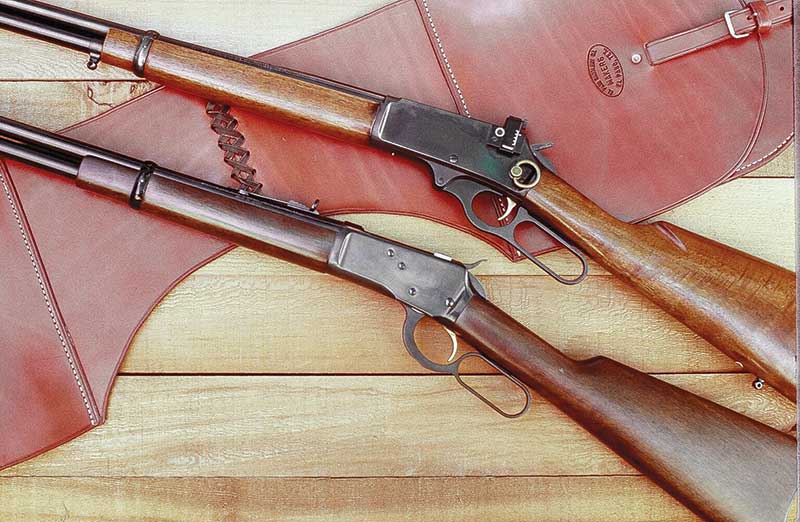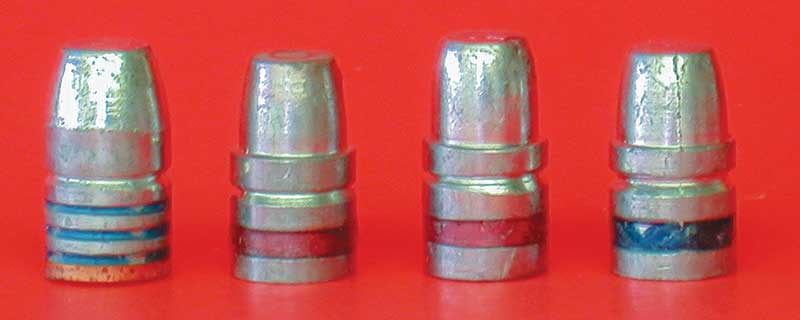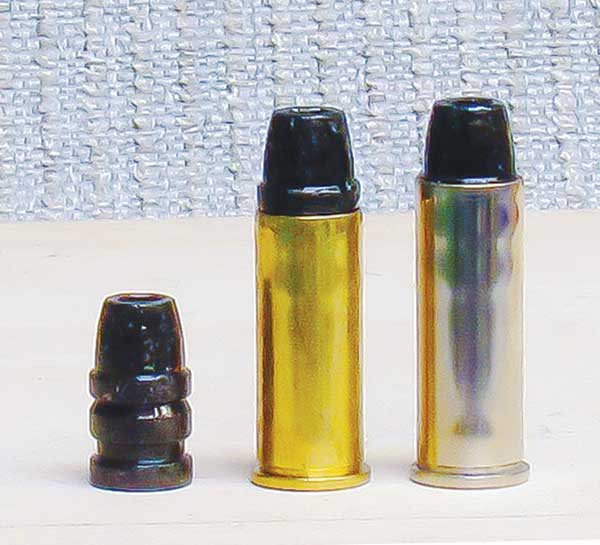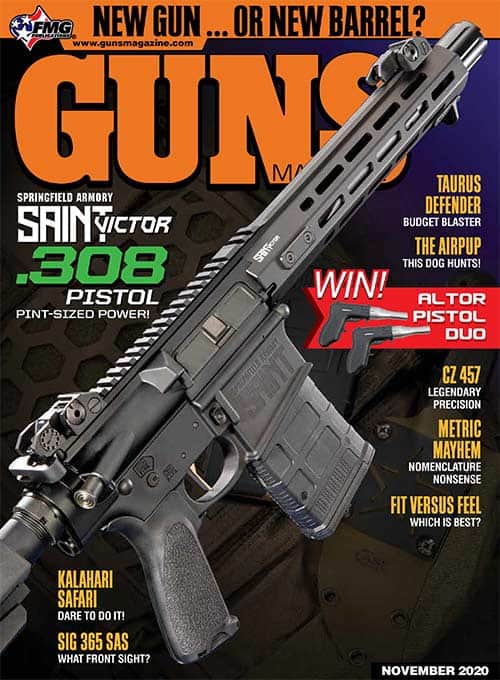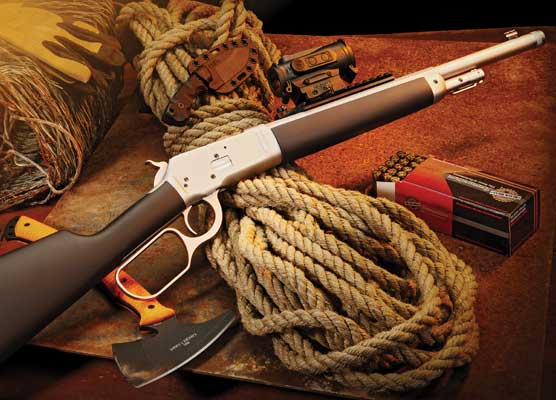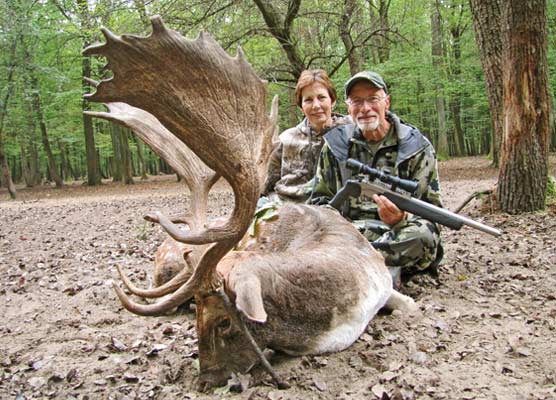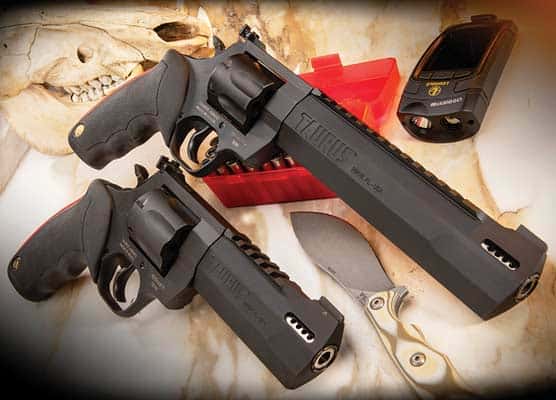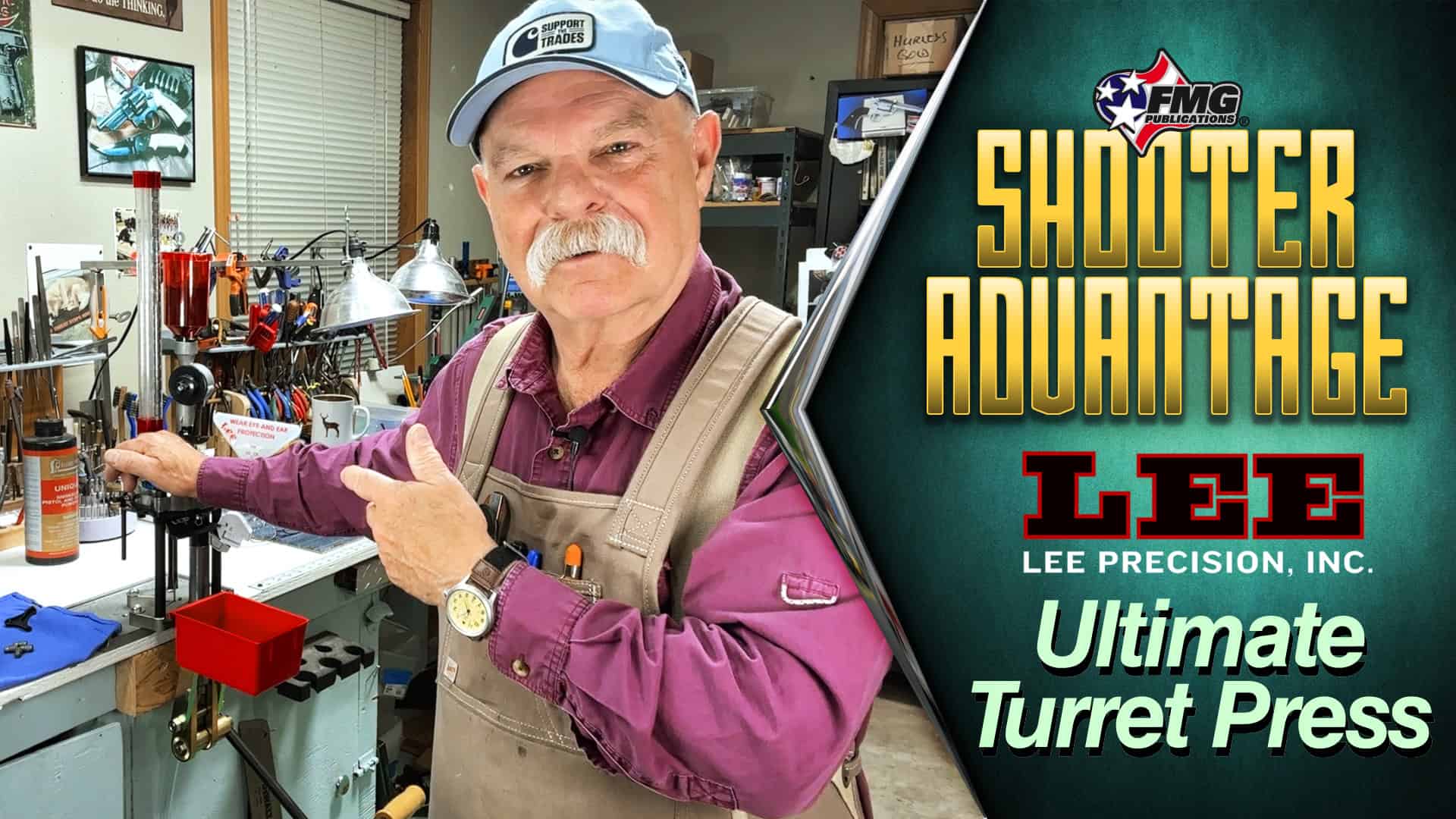Cast Bullets in .44
Magnum leverguns
They really do work!
There are several factors involved when choosing a cast bullet for use in the .44 Magnum levergun. First is Overall Length (OAL). If the bullet makes the loaded round too long, it will not feed through the action. The shape of the bullet is also important. For example, Keith bullets often will not feed and/or chamber because their shape requires crimping over the front band. Another factor is diameter, especially the diameter in front of the face of the case mouth. A wide, sharp-shouldered bullet may feed through the action but not enter the chamber and if the diameter is too large even after entering the chamber, it might not seat deep enough to close the action.
Any cast bullets chosen should be used to make up several dummy rounds to cycle through the action and chamber. However, even if the bullet meets all of the necessary criteria for feeding and chambering it still may not shoot well. Two things to consider are bullet hardness and whether or not it has a gas check. In most of my experiments, I have found both of these are critical for obtaining the desired accuracy. Softer bullets without a check can be used, but only with very light loads.
Number One With A Bullet
My most-used cast bullet in .44 Magnum sixguns over the past six decades has been the Lyman/Thompson #431244 Gas Check and the Keith bullet — in this case the H&G design, the closest available to his original design. The former will work through the action and chamber in the Marlin and Winchester Model 1894 along with the Rossi and Browning Model 92. However, it will not work in the longer action of the Marlin 336. With the Keith bullet seated over the front shoulder, it will work in all except the Rossi/Browning.
I am particularly fond of heavyweight bullets, those weighing around 300 grains in .44 Magnum sixguns, but what about their use in leverguns? I have 10 cast bullets on hand weighing from 290 grains up to 325 grains with all but two of them having gas checks. I loaded up dummy rounds using all of these bullets and then tested for feeding and chambering through the guns listed previously. The results showed the Marlin would feed and chamber nine rounds and the Winchester all 10 rounds; the Rossi, two rounds and the Browning only one round. Obviously, the last two are not good choices if one wants to shoot a lot of heavyweight cast bullets. The only round to feed and chamber through all four leverguns was the Oregon Trail 300-gr. FP which does not have a gas check.
Microgrooves in time
“Cast and ¾-jacketed bullets proved impractical in the .44 rifle.” Those words by my friend the late John Lachuk are found in an article from the 1960s and pertain to the .44 Magnum Marlin 336T levergun. Later on, another good friend of mine would lament the ability of the Marlin .444 to handle cast bullets. In both cases these leverguns had Micro-Groove barrels. I accepted the first statement and loaded all of my first .44 Magnum levergun loads with jacketed bullets only. By the time I got my first .444 Marlin I had learned something about cast bullets combined with Micro-Groove barrels.
The original statement is true as far as it goes. Trying to push cast bullets at Magnum velocities in Micro-Groove barrels does prove to be impractical. Slow them down and they normally will shoot fine at close range. However, cast bullets can be made to work just fine at Magnum velocities but bullets must be carefully chosen. I have found several factors contribute to cast bullets shooting well in Marlin barrels including a hard bullet alloy and, most assuredly, a gas check on the base of the bullet. I have also found these two combined with a somewhat heavier bullet also aid in accuracy.
Sixgun-levergun combinations are quite popular today, perhaps even more so than they were 125 plus years ago. Back then, it was all cast bullets but they were not driven very fast and there were no Micro-Groove barrels. Today, we have many very fine .44 Magnum sixguns that will shoot just about any cast bullet well but this is not true for rifles. If one wants a cast bullet load for both sixgun and levergun, much time can be saved by first finding a load that works well in the rifle and chances are very high it will also work just fine in the chosen sixgun. Reverse the process and the probability of success goes way down.
On the line
Following are test results from an 18½” Marlin Model 336 Carbine with a Microgroove barrel. Groups are three shots at 50 yards with a 4X scope in place: Lyman/Thompson #431244GC loaded over 20.0 grains of #2400 results in a muzzle velocity of 1,624 fps and a 1″ group; the SAECO 240 FPGC over the same charge of 20.0 grains of #2400 is 50 fps faster at 1,674 fps and a tighter 5/8″; while the heavier NEI 429.295 GC loaded with 21.5 grains of WW296 clocks out at 1,547 fps and a 1″ group. A 295-gr. bullet at 1,550 fps is a very potent load on game.
Both the Lyman/Thompson and the NEI are semi-wadcutters and must be crimped over the front shoulder for trouble-free feeding and chambering. Another long-time favorite cast bullet of mine going back about 40 years is the SSK-designed 310-gr. FP over 23.5 grains of WW680 (my stock of this old powder is about gone) for 1,600 fps and just over 1″ at 50 yards with this same Marlin rifle. This load can also be duplicated with 21.5 grains of WW296 or H110.
I also shoot a lot of serious cast bullet loads through the Winchester 94AE Trapper with receiver sights. The Trapper version of the .44 Magnum Model 1894 has a 16½” barrel, full magazine tube and has been very popular as a woods gun. It packs easily and also goes well with pick-up trucks and jeeps as the short barrel and compact size makes it imminently more practical than a long-barreled bolt-action, especially for the 4×4 riding farmer and rancher.
Just as with most .44 Magnum levergun loads my powders of choice for full-house loads are #2400, H110 and WW296. With the Lyman/Thompson #431244GC over 20.0 grains of #2400 results in 1,550 fps and a 1-1/2″ group with iron sights at 50 yards while the NEI 429.295GC over 21.5 grains of WW296 shoots into the same group size with a muzzle velocity of 1,550 fps. Again, a very potent hunting load.
Downsizing
We don’t always need full house loads for the .44 Magnum leverguns. For lighter applications I have had good results with the hard-cast 240-gr. bullets from Oregon Trail. Using both Universal and Unique in 8.5 and 10.0 grain doses resulted in good groups at 50 yards of 2″ or less. Ten grains of Universal with this bullet gives a muzzle velocity of 1,350 fps and accuracy right at 1″, which is quite unusual for cast bullets and Micro Groove rifling.
For the 20″ Rossi Model 92 I have also had excellent results with the Oregon Trail 240-gr. SWC. With 7.5 grains Unique the muzzle velocity is right at 1,150 fps with three shots going into 3/4″ at 50 yards and 7.0 grains of WW231 is even slightly tighter at 5/8″ with a muzzle velocity of 1,075 fps.
